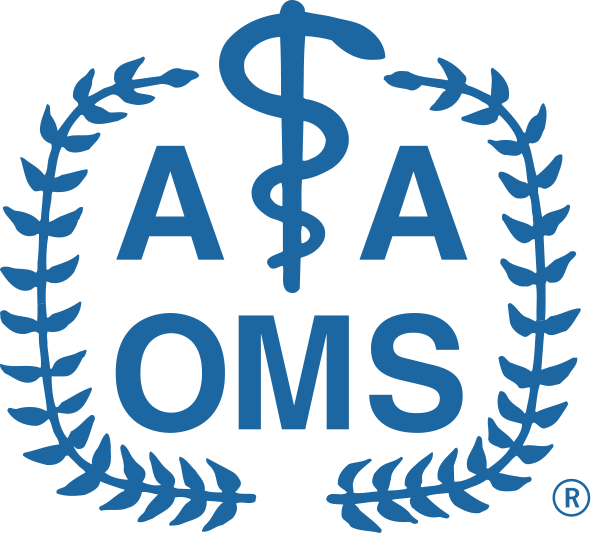ROSEMONT, Ill. – Wearing a helmet results in fewer and less severe facial fractures in motorcyclists compared to those who do not use a helmet, according to a new study.
The study published in the July issue of the Journal of Oral and Maxillofacial Surgery – the official journal of the American Association of Oral and Maxillofacial Surgeons (AAOMS) – found no difference in the occurrence and severity of facial fractures in motorcyclists who wore full-face or open-face helmets.
Researchers reviewed data from 26 selected studies about nearly 69,000 motorcyclists hospitalized after they were in traffic crashes. The patients averaged 30.7 in age, and more than 86 percent were men.
Overall, helmeted motorcyclists experienced 2,279 facial fractures compared to 3,541 facial fractures in motorcyclists who did not wear a helmet. For those who wore a helmet, all injury scales the researchers reviewed showed a lower injury severity score, the study states.
Researchers also examined injuries to each third of the face in a meta-analysis, discovering motorcyclists who did not wear a helmet had significantly more facial fractures. No significant difference was found for lower-face fractures between helmeted motorcyclists and those without helmets, according to the study.
The researchers wrote they “cannot state that the use of a helmet was effective in reducing the occurrence of midface and lower-face fractures.”
For the study, researchers looked at two types of helmets: full-face (also known as closed) and open-face (also known as open). Full-face helmets cover the head and face and feature chin protection other helmets lack. Open-face helmets shield the top, back and sides of the head, but the face is uncovered.
“The current literature remains unclear whether the type of helmet, open or full-face, interferes with the occurrence and severity of facial injuries,” researchers wrote. “Few studies performed this comparison, and it is therefore not possible to conclude that open-face helmets exert a less protective effect and consequently cause more severe facial fractures than full-face helmets.”
Yet, motorcyclists who wore a full-face helmet had a lower Facial Injury Severity Scale score, indicating less severe facial injury, according to the study.
In addition, the study results found no significant difference in the number of fractures between motorcyclists who consumed alcohol before the crash and those who did not.
“The high rates of injuries caused by motorcycle accidents can be explained by the instability inherent to the vehicle and the low level of protection offered when compared to cars,” researchers wrote. “The driver’s failure to correctly use the helmet and possible alcohol consumption, reducing reflexes and
concentration, influence the individual’s piloting ability. Among the possible injuries, those involving the region of the head and face tend to be highly complex. The anatomical peculiarities of the involved structures can result in physical, esthetic, functional and mental damage.”
The authors of “Do Helmet Use and Type Influence Facial Trauma Occurrence and Severity in Motorcyclists? A Systematic Review and Meta-analysis” are Darlan Kelton Ferreira Cavalcante, DDS; Sirley Raiane Mamede Veloso, MD; Márcia de Almeida Durão, PhD; Vanessa de Carvalho Melo, DDS; Gabriela Queiroz de Melo Monteiro, PhD; and Gabriela Granja Porto, PhD; all from the University of Pernambuco in Brazil.
The full article can be accessed at JOMS.org/article/S0278-2391(21)00204-4/fulltext.
The Journal of Oral and Maxillofacial Surgery is published by the American Association of Oral and Maxillofacial Surgeons to present to the dental and medical communities comprehensive coverage of new techniques, important developments and innovative ideas in oral and maxillofacial surgery. Practice-applicable articles help develop the methods used to handle dentoalveolar surgery, facial injuries and deformities, TMJ disorders, oral and head and neck cancer, jaw reconstruction, anesthesia and analgesia. The journal also includes specifics on new instruments and diagnostic equipment, and modern therapeutic drugs and devices.


